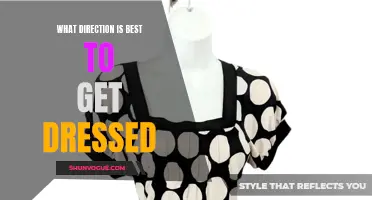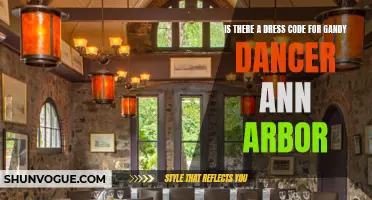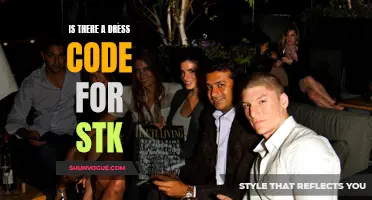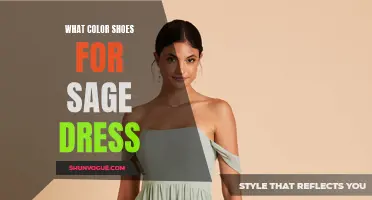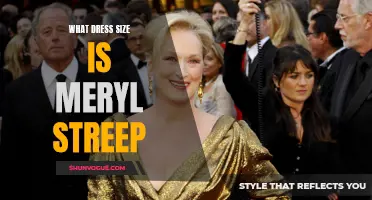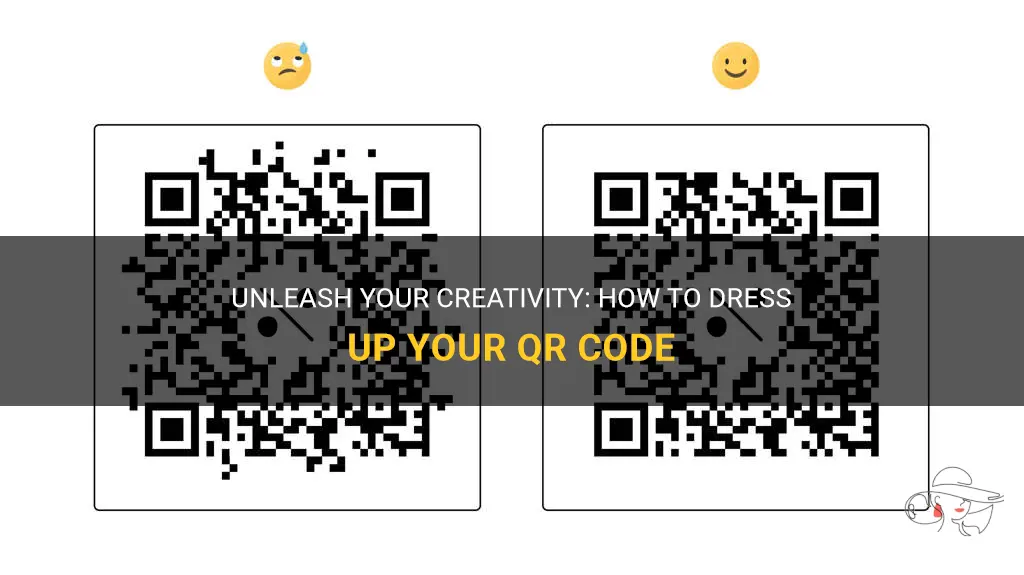
Are you tired of your QR code looking plain and boring? Well, fear not because I am here to help you dress it up! In this guide, we will explore different ways to make your QR code stand out from the crowd. From adding vibrant colors and eye-catching designs to incorporating your brand logo, get ready to transform your QR code into a unique masterpiece. So, let's get creative and make your QR code as stylish as you are!
What You'll Learn
- What are some creative ways to dress up a QR code?
- Are there any specific design guidelines to consider when dressing up a QR code?
- What are some examples of successful QR code designs that have been dressed up?
- How can I ensure that a dressed-up QR code is still scannable and functional?
- Are there any limitations or restrictions when it comes to dressing up a QR code, such as certain colors or patterns that should be avoided?

What are some creative ways to dress up a QR code?
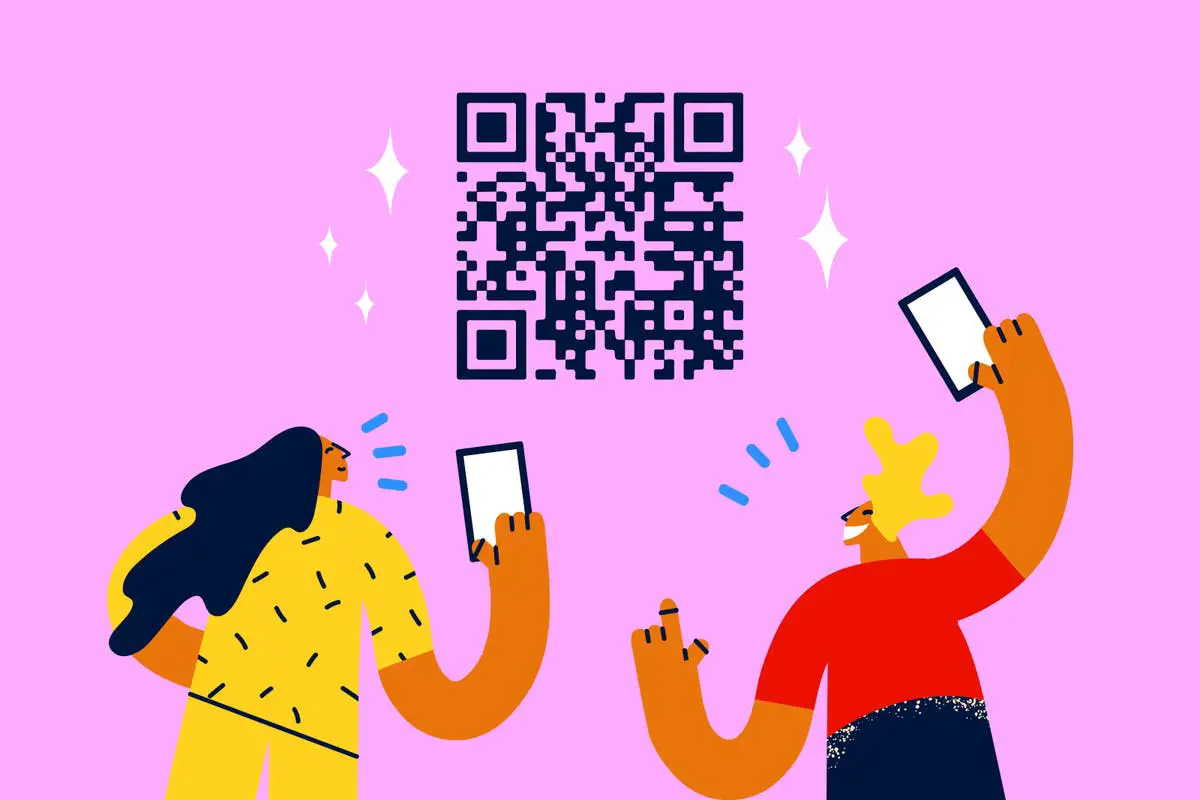
QR codes are becoming increasingly popular for a variety of applications, from marketing campaigns to contactless payments. While they serve a practical purpose, they often lack visual appeal. However, with a little creativity, you can dress up a QR code and make it more visually appealing. Here are some creative ideas to make your QR code stand out:
- Incorporate brand colors: One simple way to make your QR code more eye-catching is to incorporate your brand's colors into the design. You can do this by adding a colored border around the code or by using colored elements within the code itself. This will help to reinforce your brand's identity while still maintaining the functionality of the QR code.
- Use a custom design: Instead of using a standard black-and-white QR code, consider creating a custom design that reflects your brand or the purpose of the code. For example, if you're using the code for a restaurant, you could incorporate food-related images into the design. Just make sure that the design doesn't compromise the scannability of the QR code.
- Add a background image: Another way to dress up a QR code is to add a background image behind the code. This can be an image that relates to the content that the QR code links to or simply a visually appealing image. Just make sure that the background image doesn't make the QR code harder to scan.
- Play with shapes and patterns: QR codes don't have to be boring squares. You can experiment with different shapes and patterns to create a more interesting design. For example, you could create a circular QR code or incorporate geometric patterns into the code. Again, make sure that the code remains scannable after adding these visual elements.
- Try different textures: Adding textures to your QR code can make it more visually interesting. You could experiment with different types of materials, such as wood or fabric, to give your code a unique look and feel. Just keep in mind that the texture shouldn't be so pronounced that it makes the code difficult to scan.
- Incorporate a call-to-action: Instead of just displaying a QR code on its own, consider adding a call-to-action alongside it. This could be a simple phrase or an image that encourages people to scan the code. By combining the code with a call-to-action, you can make it more engaging and increase the likelihood that people will scan it.
To successfully dress up a QR code, it's important to find the right balance between aesthetics and functionality. While it's important to make your code visually appealing, it shouldn't be at the expense of its scannability. Always test your dressed-up QR code to ensure that it can still be scanned easily by different QR code readers.
In conclusion, there are many creative ways to dress up a QR code and make it more visually appealing. Incorporating brand colors, using a custom design, adding a background image, playing with shapes and patterns, trying different textures, and incorporating a call-to-action are just a few ideas to get started. With a little creativity, you can make your QR code stand out and capture people's attention.
The Perfect Color to Wear for Picture Day
You may want to see also

Are there any specific design guidelines to consider when dressing up a QR code?

When it comes to dressing up a QR code, there are a few design guidelines to consider in order to ensure the code remains scannable and functional. While it may be tempting to get creative and incorporate the code into a fancy design, it is important to remember that the primary purpose of a QR code is to quickly and easily link users to information or content.
- Use High Contrast Colors: The most important aspect of a QR code is its scannability. To ensure that the code can be easily read by a scanner, it is important to use high contrast colors. Typically, a black QR code on a white background is the most legible option. Avoid using colors that are too similar or patterns that may interfere with the readability of the code.
- Maintain Sufficient Error Correction Level: QR codes have built-in error correction capabilities, which means that even if a portion of the code is obstructed or damaged, it can still be scanned and decoded. However, when dressing up a QR code, it is essential to maintain a sufficient error correction level to ensure the code remains scannable. This can be adjusted during the QR code generation process.
- Don't Resize or Modify the QR Code: It is important to not resize or modify the basic structure of the QR code itself. Resizing the code can impact its scannability, making it harder for scanners to read the code. Additionally, modifying the structure of the code can render it invalid or incomprehensible to scanners.
- Test Scannability: Before finalizing the design of a dressed-up QR code, it is crucial to test its scannability. Use different QR code scanners and devices to ensure the code can be easily scanned from different angles and distances. If the scanning process is challenging, it may be necessary to make adjustments to the design.
Example:
Let's say a company wants to dress up a QR code for a promotional campaign. They can incorporate their logo into the QR code design by adding the logo within the white space of the code. However, they must ensure that the logo does not interfere with the scannability of the code. They choose a high contrast color scheme, with a black QR code on a white background, to ensure legibility. During the design process, they generate a QR code with a sufficient error correction level to account for potential obstructions. Finally, they test the scannability of the dressed-up QR code using different scanners and devices to ensure a seamless user experience.
In summary, while dressing up a QR code can be a creative and visually appealing way to incorporate branding elements, it is crucial to consider design guidelines to ensure the code remains scannable. By using high contrast colors, maintaining a sufficient error correction level, not resizing or modifying the code structure, and testing scannability, businesses can successfully integrate dressed-up QR codes into their marketing materials while still prioritizing functionality and user experience.
Unveiling the Fashion Secrets: A Guide to the Dress Code at Does Eat Place Biloxi
You may want to see also

What are some examples of successful QR code designs that have been dressed up?
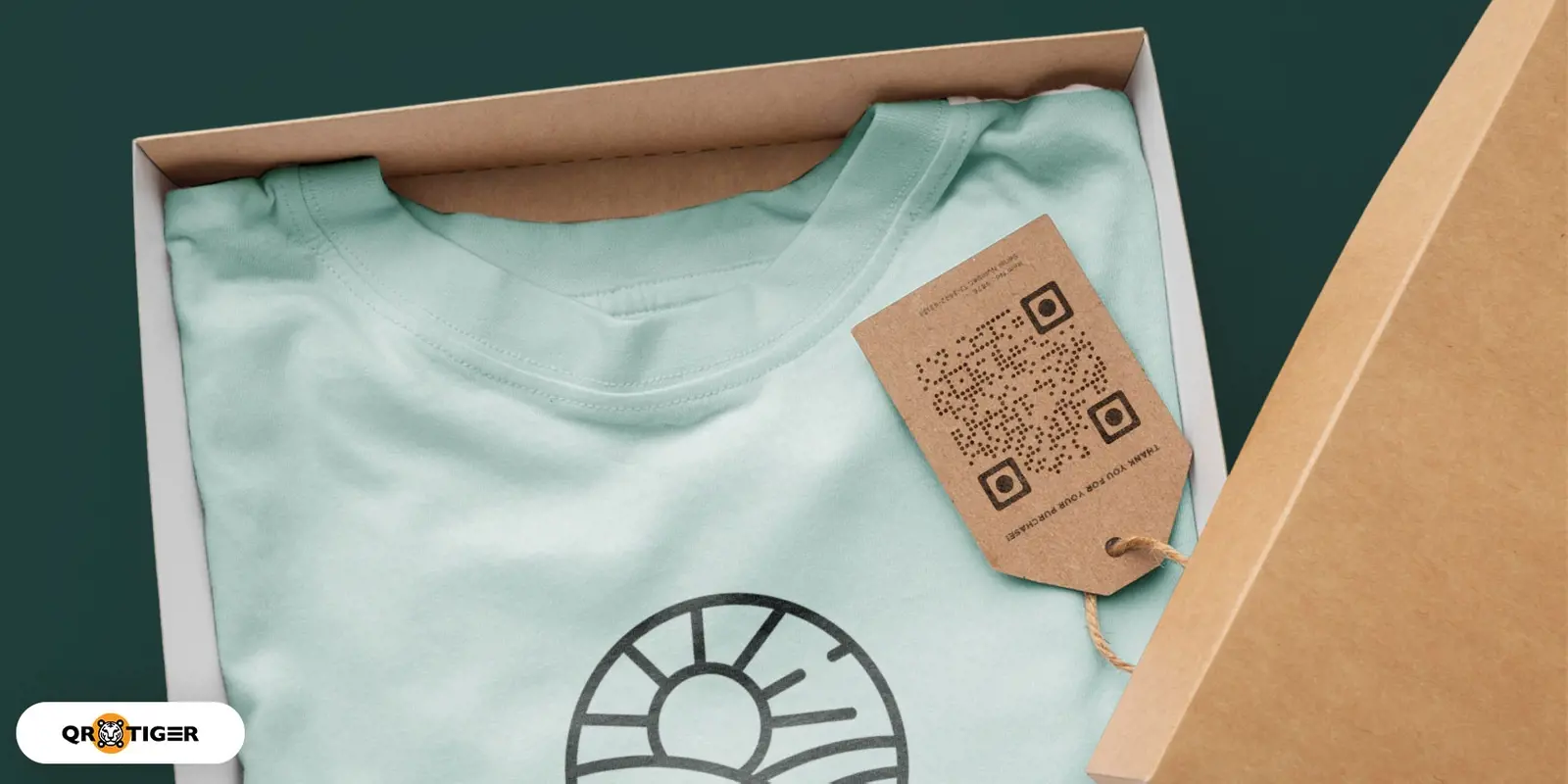
In today's digital age, QR codes have become increasingly popular as a means of bridging the gap between physical marketing materials and online content. However, many people find standard black-and-white QR codes to be unappealing and boring. That's where the concept of dressing up QR codes comes in. By adding creative design elements to QR codes, businesses and individuals can make these codes more visually appealing and increase their chances of being scanned.
There are numerous successful examples of dressed-up QR code designs that have achieved great results. Let's take a look at a few of these examples:
- Colorful Patterns: One way to add visual interest to a QR code is by incorporating colorful patterns into its design. For example, a clothing retailer could create a QR code in the shape of a shirt and use various patterns and colors to make it visually appealing. This design not only catches the eye but also provides a hint about the kind of business or content the QR code leads to.
- Brand Logo: Another popular way to dress up a QR code is by incorporating a brand's logo into its design. This helps reinforce brand identity and makes the QR code instantly recognizable to customers. For instance, a coffee shop could create a QR code in the shape of a coffee cup and place its logo on the cup. This design not only looks stylish but also creates a connection between the QR code and the brand.
- Interactive Designs: Some QR codes go beyond simple visuals and incorporate interactive elements into their designs. For example, a restaurant could create a QR code on a menu that, when scanned, reveals a virtual chef who shares cooking tips or provides a behind-the-scenes look at the kitchen. This kind of creative interaction enhances the user experience and encourages people to scan the QR code.
Now that we've explored some successful examples of dressed-up QR code designs, let's discuss why these designs work and how you can create your own visually appealing QR codes:
- Visual Appeal: Adding creative design elements to a QR code helps grab attention and makes the code stand out among other marketing materials. People are more likely to scan a visually appealing code compared to a plain black-and-white one.
- Branding: Incorporating a brand's logo or other visual elements into a QR code helps strengthen brand identity and makes the code instantly recognizable. This boosts brand recall and encourages customers to engage with the QR code.
- User Experience: Interactive designs or designs that provide additional value beyond just information can greatly enhance the user experience. By offering something unique or entertaining, dressed-up QR codes can create a positive association with the brand and drive customer engagement.
Creating your own visually appealing QR codes is easier than you may think. Many online tools and QR code generators offer customization options that allow you to change colors, add logos, and even embed images into QR codes. However, it is important to ensure that the code remains scannable and functional. Be sure to test your dressed-up QR code on different devices and scanners before distributing it.
In conclusion, dressing up QR codes with creative design elements can make them more visually appealing and increase user engagement. Colorful patterns, brand logos, and interactive designs are just a few examples of successful QR code designs that have achieved great results. By incorporating these elements into your own QR codes, you can create a more visually appealing and memorable user experience.
What to Wear with Brown Dress Shoes: A Style Guide for Men
You may want to see also

How can I ensure that a dressed-up QR code is still scannable and functional?

In today's digital age, QR codes have become a popular tool for businesses and individuals alike. These unique codes can be scanned by smartphones and other devices, allowing quick and easy access to information or content. While QR codes are generally plain and simple, it is possible to dress them up or customize their appearance to match a brand or design aesthetic. However, it is important to ensure that a dressed-up QR code remains scannable and functional. In this article, we will discuss some best practices and tips to achieve this.
Choose a reliable QR code generator:
When creating a dressed-up QR code, it is crucial to use a reliable QR code generator. There are many free and paid options available online, but not all generate high-quality codes. Look for generators that offer customization options while still providing a high level of functionality.
Maintain a high contrast between the code and background:
To ensure that a dressed-up QR code remains scannable, it is important to maintain a high contrast between the code itself and the background. A QR code scanner relies on the contrast between dark and light modules to decode the information encoded in the code. Using a light background with dark code or vice versa will make the scanning process easier and more accurate.
Avoid complex patterns or designs within the code:
While it may be tempting to incorporate complex patterns or designs within a dressed-up QR code, it is best to avoid doing so. Complex patterns can interfere with the scanner's ability to decode the code accurately. Stick to simple designs and clean lines to ensure optimum functionality.
Test the dressed-up QR code before implementation:
Before using the dressed-up QR code in your marketing materials or product packaging, it is essential to test it thoroughly. Use a variety of QR code scanning apps and devices to scan the code and ensure that it works seamlessly. If the code is not scanning correctly, make necessary adjustments to improve its functionality.
Ensure proper sizing and resolution:
While dressing up a QR code, it is important to maintain its original sizing and resolution. Modifying the code's size or resolution too much can affect its scannability. A general rule of thumb is to keep the QR code at least 2 cm x 2 cm in size, with a minimum resolution of 300 dpi for print materials.
Consider using a customizable frame or logo around the code:
To add a touch of branding or design to a dressed-up QR code, consider using a customizable frame or logo around the code. This way, you can maintain the functionality of the QR code while still incorporating your personal touch.
Examples of dressed-up QR codes that are still scannable and functional:
- A restaurant may dress up their QR code with their logo as the center, surrounded by a minimalistic frame.
- An artist may create a QR code that resembles a piece of artwork, incorporating their signature colors and style.
- A clothing brand may design their QR code to look like a garment tag, with the necessary information encoded within.
In conclusion, dressing up a QR code can add a unique touch to its appearance but it is important to ensure that it remains scannable and functional. By following the tips mentioned above and paying attention to detail, you can create a dressed-up QR code that is both visually appealing and easy to scan.
Perfecting Your Look: What to Wear for Your ID Photo
You may want to see also

Are there any limitations or restrictions when it comes to dressing up a QR code, such as certain colors or patterns that should be avoided?
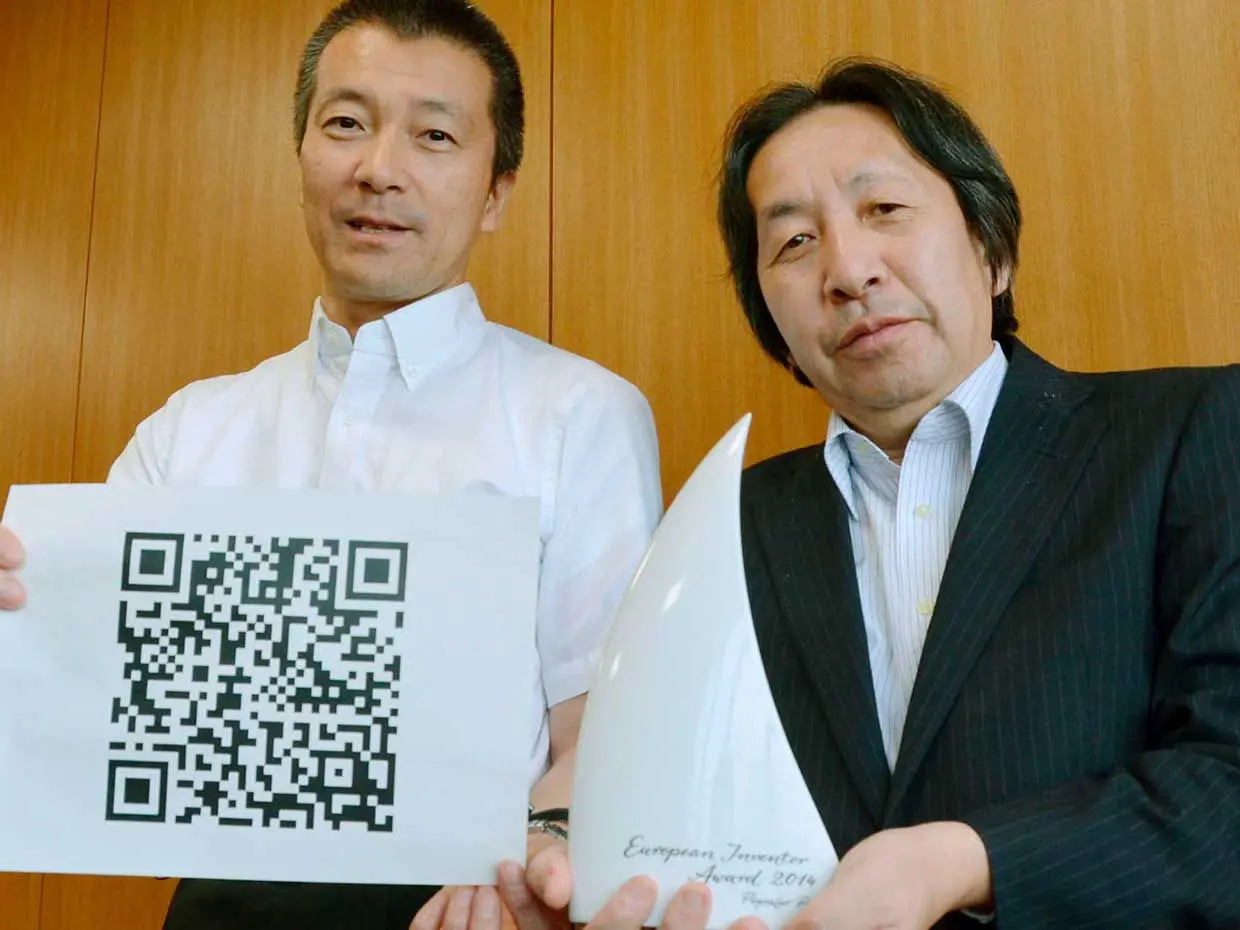
When it comes to dressing up a QR code, there are certain limitations and restrictions that should be considered to ensure its functionality and readability. While it's possible to add colors and patterns to enhance the aesthetics of a QR code, it is important to strike a balance and avoid certain elements that may hinder its scanning ability.
The primary purpose of a QR code is to store information and allow users to quickly access it using their smartphones or other scanning devices. Therefore, the most important consideration when dressing up a QR code is to ensure that it remains scannable and readable.
One of the key limitations to keep in mind is the contrast between the background and foreground of a QR code. The foreground refers to the dark squares and modules that encode the information, while the background is the lighter area surrounding the code. To ensure optimal scanning, it is recommended to have a high contrast between the two, with darker foreground elements on a lighter background.
Using colors that have low contrast or are too similar can hinder the scanning process, as it becomes difficult for the scanning device to distinguish between the foreground and background. For example, using light gray on a white background or dark blue on a black background can make it challenging for scanners to interpret the code accurately.
Another important consideration is the use of patterns and intricate designs within the QR code. While it may be tempting to incorporate eye-catching patterns or logos, it is crucial to maintain the integrity of the code. Any added design should not compromise the clarity and readability of the code. Busy or intricate patterns can confuse scanning devices and lead to misinterpretation of the encoded information.
When dressing up a QR code, it is best to keep the design simple and uncluttered. Adding unnecessary elements or excessive decoration can impede the scanning process. It is recommended to have a clean and minimalistic design that focuses on the code itself.
To ensure high-quality scanning and optimal functionality, it is essential to test the dressed-up QR code before distributing it widely. Testing can involve using various scanning devices and apps to check if the code is accurately interpreted and the embedded information is accessible. This step allows for any necessary adjustments or improvements to be made to the design before it is deployed.
Here are a few examples of how QR codes can be dressed up while maintaining their scanability:
- Adding company logos: Many businesses incorporate their logos within the QR code. However, it is important to ensure that the logo does not interfere with the readability. Placing the logo in a corner or using a transparent overlay can be effective strategies.
- Using branded colors: To maintain brand consistency, QR codes can be styled using the brand's colors. However, it is essential to choose colors that have sufficient contrast for optimal scanability.
- Embedding QR codes within images: QR codes can be integrated into existing images or artwork, such as posters or advertisements. Care should be taken to ensure that the QR code remains distinct and easily scannable within the overall design.
In summary, when dressing up a QR code, it is crucial to consider the limitations and restrictions to maintain its functionality. High contrast between the foreground and background, avoidance of complex patterns, and simplicity in design are key factors to ensure optimal scanability. Testing the dressed-up QR code before deployment is essential to ensure its successful functionality.
The Weight of Quinceañera Dresses: What to Consider
You may want to see also
Frequently asked questions
Yes, you can customize the colors of your QR code. Many online QR code generators allow you to choose the foreground and background colors of your QR code to match your branding or personal preferences.
Yes, you can add your logo or image to your QR code. Some QR code generators have the option to upload your own image or logo and overlay it onto the QR code, allowing you to create a more visually appealing and branded QR code.
While traditional QR codes are square in shape, there are now options available to customize the shape of your QR code. Some platforms offer the ability to create circular, rounded, or even custom-shaped QR codes to suit your design needs.
Yes, you can add frames or borders to your QR code. Many QR code generators offer various frame styles and designs that you can apply to your QR code to give it a more polished and decorative look.
Yes, you can add decorative patterns or textures to your QR code. Some online platforms provide options to overlay patterns or textures onto your QR code, allowing you to add a unique and visually appealing touch to your QR code design.


